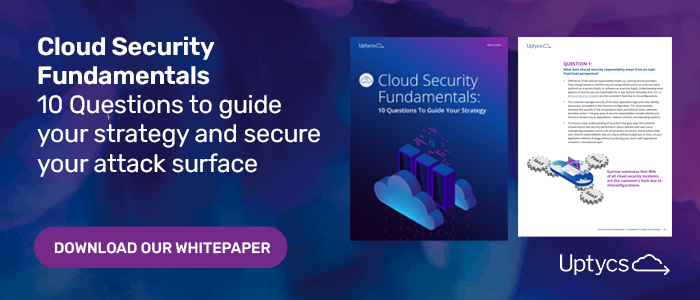Cloud networking is a type of IT infrastructure in which some or all of an organization’s network capabilities and resources are hosted in a public or private cloud platform. In general, it's used as an overarching term for the connectivity to and between all variations of on-premises, edge and cloud-based services.
Network resources include network management software, bandwidth, firewalls, virtual routers, and virtual firewalls.
Intransparcloud networking, the network can be entirely cloud-based or cloud-enabled.
Cloud-enabled Networking
With cloud-enabled networking, the core network remains on-premise. However, the resources required to manage it exist in the cloud.
The core network infrastructure is on-premise, including data, routing, and packet forwarding. Maintenance, security services, monitoring, and network management occur via the cloud. For instance, you can use a SaaS-based firewall to safeguard your on-premise network.
Cloud-based Networking
With cloud-based networking, the whole network exists in the cloud. This includes all the hardware and network management resources. Cloud-based networking connects the resources deployed in the cloud and applications.
Why Cloud Networking?
Most companies require an efficient computing solution for swift data transfer and processing. They also need a secure environment that allows remote traffic management and monitoring.
A sturdy cloud network leverages multiple server across the globe. This ability ensures traffic speed and application availability without sacrificing reliability and security.
Businesses transition to the cloud to enhance agility and scalability and accelerate time-to-market. These aspects are essential to maintain a competitive edge. Cloud networking provides a solution for businesses to manage expansions and growing infrastructure.
Benefits of Cloud Networking
- Cost - With a cloud network, businesses can access the software, storage, and tools on the cloud, eliminating the need to buy these resources. It’s an excellent way to minimize capital expenditures and work efficiently with limited budgets.
- Productivity - The cloud network facilitates backups, software updates, and traffic management. IT teams can focus on other essential business aspects and high-priority tasks. The IT staff doesn’t need to configure or maintain the network. It increases productivity while keeping administration costs low.
- Mobility - A cloud network is perpetually on, allowing the network users access to applications and data at any time, 24/7/365. Teams can work from any device anywhere as long as they have an internet connection.
- Swift and Efficient Scalability - Cloud networking eliminates the need to set up and configure the networking software and hardware. IT teams can quickly expand capacity and storage to deploy more applications and load more data almost instantly.
- Fast Implementation - Cloud networking providers manage the installation and configuration of networking equipment. IT teams can swiftly deploy and implement new resources without the hassle.
- Minimal Downtime and Better Network Performance - Cloud networking providers handle updating the networking applications. There’s no need for IT teams to take the system offline when updates are necessary.
This allows business processes to run uninterrupted, even during system updates. In case of expected interruptions, the providers communicate in advance. Businesses have adequate time to find alternative solutions.
Cloud networking helps business meet their growing needs by adding more bandwidth to handle peak traffic. Providing organizations with the ability to minimize latency and optimize network performance by leveraging cloud network resources, cloud networking is an excellent way to ensure reliable connectivity, consistent app availability, manage intensive workloads, and the organizational agility the modern day business landscape demands.









